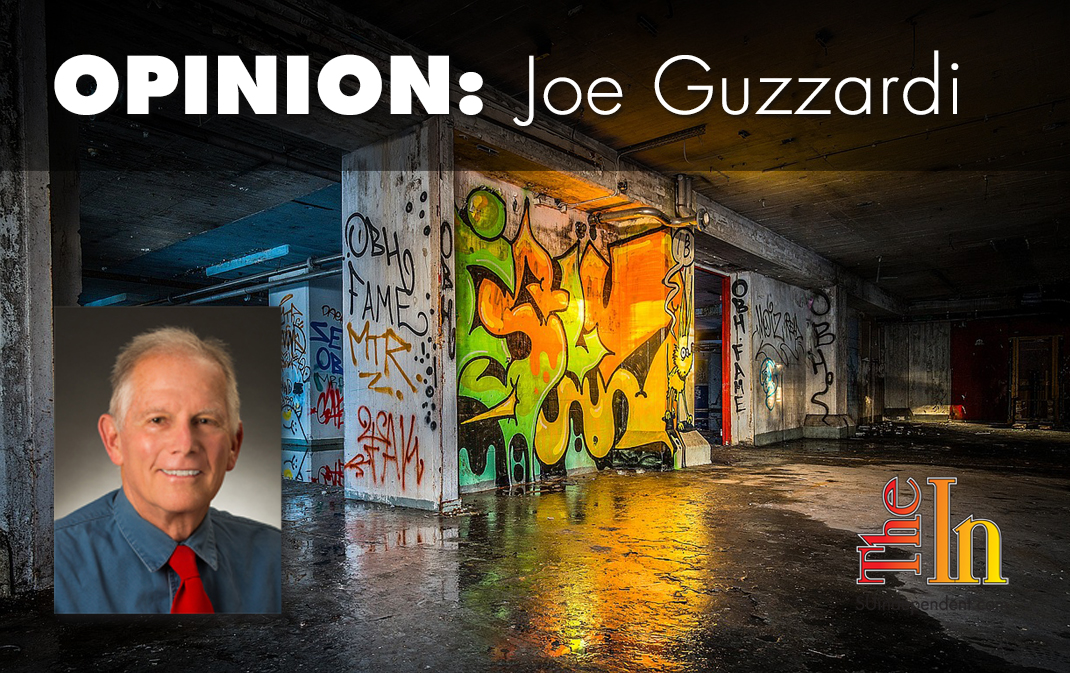
California’s solution to overpopulation and inequality? More immigration.
Only a few of us are still around — native-born Californians who lived in the paradise-like state before the 1965 Immigration and Nationality Act and after the disastrous 1986 Immigration Reform and Control Act.
Reading the handwriting on the wall, anticipating continued unwieldy immigration-fueled population growth and the diminished quality of life that it brings, hundreds of thousands like me who experienced the early and great California fled.
More than half a century of sustained immigration has affected California more dramatically than any other state. Overcrowded schools and hospitals, bumper-to-bumper freeway traffic, American blue-collar worker job displacement, sprawl, a housing crisis, wildfires, poverty with the attendant income inequality now worse than Mexico’s, and urban decay that remolded the state’s two major cities — Los Angeles and San Francisco — into homeless havens are among the changes to which over-immigration contributed.
Yet despite California’s obvious decline, 47 of its 53 U.S. representatives and its two U.S. senators — Dianne Feinstein and Kamala Harris — enthusiastically support unlimited immigration. Since Feinstein was San Francisco’s mayor during its salad years, 1977–87, her immigration passion is a puzzle. Homelessness, crime and public drug abuse now plague the once glorious “city by the bay” that Feinstein once presided over.
California Gov. Gavin Newsom, following in the footsteps of his predecessors, is all aboard with California’s no-borders congressional delegation. In his ongoing and juvenile dust-up with President Trump over border security, Newsom ordered National Guard troops removed. Then, less than a week later, Newsom gloated that his pending lawsuit opposing President Trump’s National Emergency declaration would be California’s 46th legal challenge against the administration, many of them immigration-related.
More immigration is the goal of California’s leadership. This means more job competition and flat wages for new hires. Legal and illegal immigration have devastated at least three of California’s white- and blue-collar employment categories that historically offered Americans living wages, benefits, and pensions: Silicon Valley’s IT industry, the construction trade, and building maintenance.
First, in Silicon Valley and the surrounding area, only 29 percent of tech workers are American citizens. The majority are foreign-born H-1B visa holders whose presence in IT displaces skilled, qualified Americans and shuts off opportunities for blacks, Hispanics, and other minorities. Despite countless reports issued over the decades that identified H-1B visa abuse and pointed out that U.S. universities graduate more than enough talented Americans to fill IT employment opportunities, no positive reforms are in the offing. In fact, Sen. Harris and long-time H-1B shill U.S. Rep. Zoe Lofgren introduced bills that would assure that 75–80 percent of employment-based visas would go to Indian nationals.
H-1B critic John Miano, co-author of “Sold Out,” described the proposed legislation as “the most massive change” in immigration policy history, creating a “train wreck” in America’s immigration system.
Second, Americans once dominated Los Angeles’ unionized construction crews. Then nonunion immigrants gradually replaced them. And eventually, so many job-seeking immigrants arrived on the scene that American and immigrant construction workers alike saw their decent wages plunge.
Third, in the mid-1980s, black Americans held the majority of janitorial jobs in Los Angeles. Through their union, the janitors won good-paying jobs that provided stepping stones to better positions. But the increasing availability of an immigrant workforce enabled nonunion janitorial firms to hire immigrants at half the union wage and quickly place them in jobs Americans once held. In its 1988 report, “Illegal Aliens: Influence of Illegal Workers on Wages and Working Conditions of Legal Workers,” the Government Accounting Office provided a detailed analysis of how Americans lost their good jobs to unlawfully present migrants.
Given what’s known — that more immigration means more people, a reduced quality of life, and more cheap-labor job competition that undermines American workers — California’s determination to stay the failed course it has traveled for decades baffles those who look at the state from afar.
The viewpoints expressed above are those of the author and do not necessarily reflect those of The Independent.
How to submit an article, guest opinion piece, or letter to the editor to The Independent
Do you have something to say? Want your voice to be heard by thousands of readers? Send The Independent your letter to the editor or guest opinion piece. All submissions will be considered for publication by our editorial staff. If your letter or editorial is accepted, it will run on suindependent.com, and we’ll promote it through all of our social media channels. We may even decide to include it in our monthly print edition. Just follow our simple submission guidelines and make your voice heard:
—Submissions should be between 300 and 1,500 words.
—Submissions must be sent to editor@infowest.com as a .doc, .docx, .txt, or .rtf file.
—The subject line of the email containing your submission should read “Letter to the editor.”
—Attach your name to both the email and the document file (we don’t run anonymous letters).
—If you have a photo or image you’d like us to use and it’s in .jpg format, at least 1200 X 754 pixels large, and your intellectual property (you own the copyright), feel free to attach it as well, though we reserve the right to choose a different image.
—If you are on Twitter and would like a shout-out when your piece or letter is published, include that in your correspondence and we’ll give you a mention at the time of publication.
Articles related to “California’s solution to overpopulation and inequality? More immigration.”
Democrats’ immigration dogma is damaging African American communities



